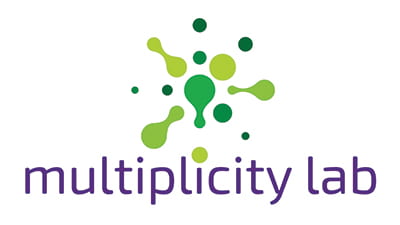Image of the Week: Geometric Problem Solving
November 19, 2023Geometric Problem Solving: What’s Missing?
Several years ago, I took part in a conference held by the UCLA Mathematics Project in which Rebecca Ambrose, professor at the University of California, Davis, presented on using children’s thinking to develop ideas about geometry. Her way of conceiving of geometric problem solving changed the way I understood the potential for teaching geometry to young children, which is so often bogged down in vocabulary and not nearly enough about thinking spatially. Rebecca shared examples of how students, building three-dimensional forms, eventually have to solve the problem of how to close up the space, the way that children have to figure out what shapes are needed to put a roof on a building. Looking at an empty space with a clear border and asking, What shapes could I compose to fill this space?, is geometric problem solving.
In this week’s image, we used pattern blocks arranged without a set pattern around an empty space – a hole – that can be filled in multiple ways. Students must use cues from the surrounding shapes to puzzle out how large the hole is and what shapes could be composed to fill that space completely. Students will need to mentally decompose the empty space into pieces, rotate the available pieces in their minds, and imagine how those pieces can come together to create the missing shape. Students who have lots of experience with jigsaw puzzles and building with blocks develop these very spatial reasoning skills that we apply to the specific geometric shapes in the pattern block set.
Here are just some of the ways that students might decompose and fill the space:

If you have access to pattern blocks, students can try to build the missing shape physically, comparing it as they go to the empty space in the image. If you try What’s Missing? activities with pattern blocks repeatedly, over time students will be able to move from using manipulatives to decomposing mentally.
As you discuss this image, and other like it on our website, press students to consider the multiple ways that the empty space can be composed. How many different ways might there be? How do you know when you’ve found them all? These questions can turn this activity into a full lesson of investigation.
To multiplicity, cheers!
Jen Munson and the multiplicity lab group
P.S. We are suspending our use of Twitter (X) in protest over the proliferation of misinformation and hate speech on the platform and the support of both by Elon Musk. We thank you for continuing to read our newsletters and for visiting us here at multiplicity lab.

